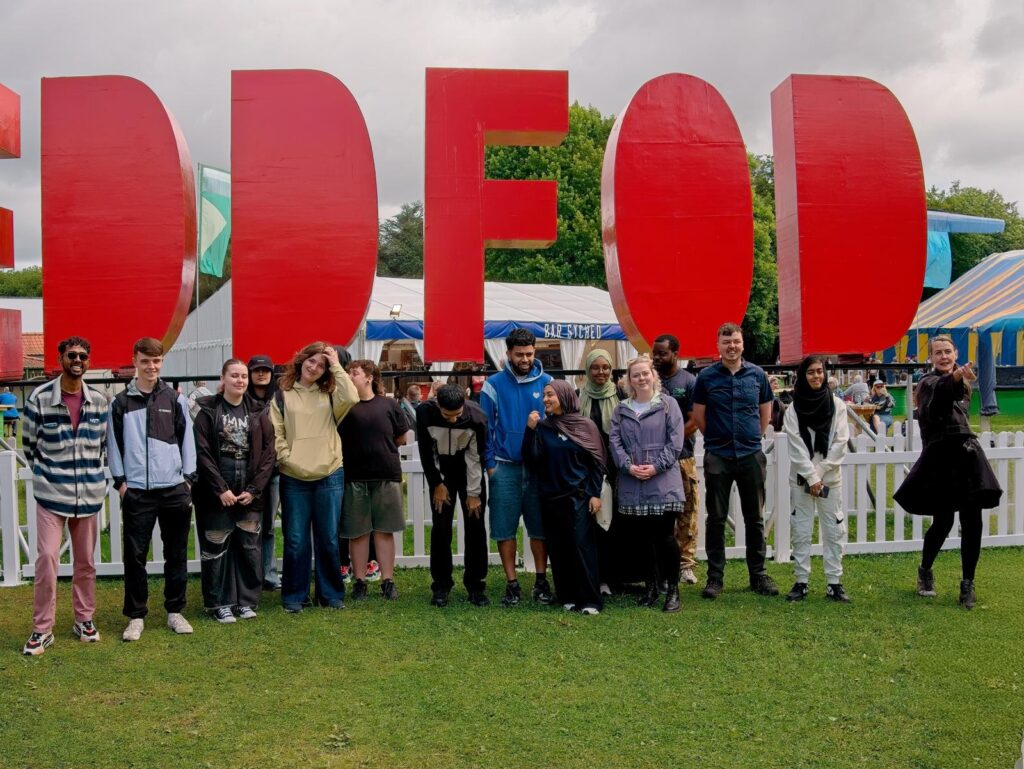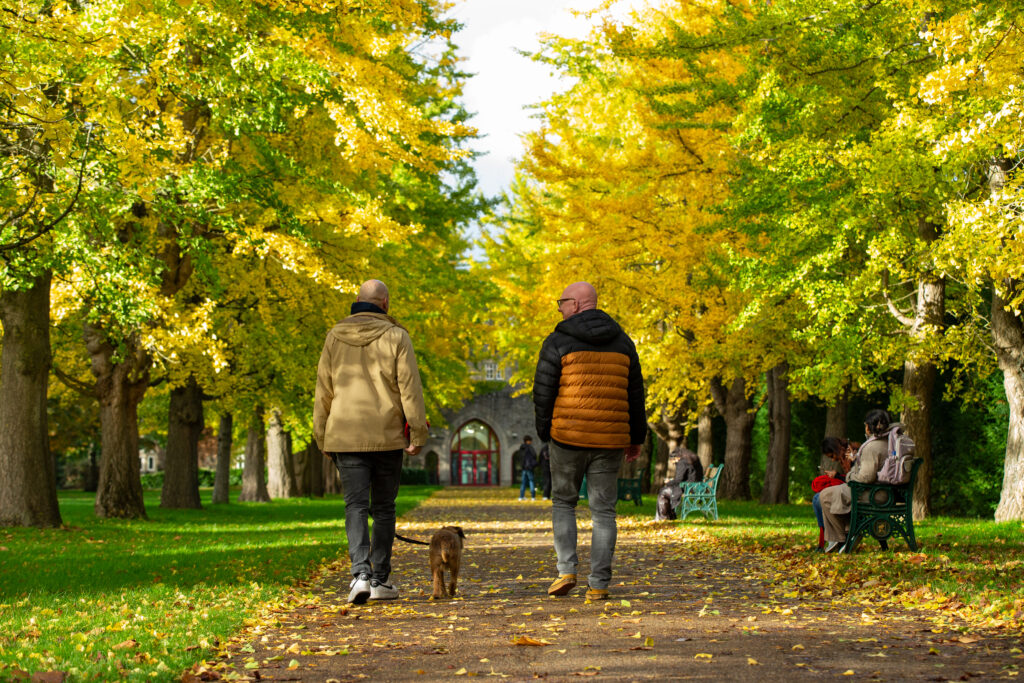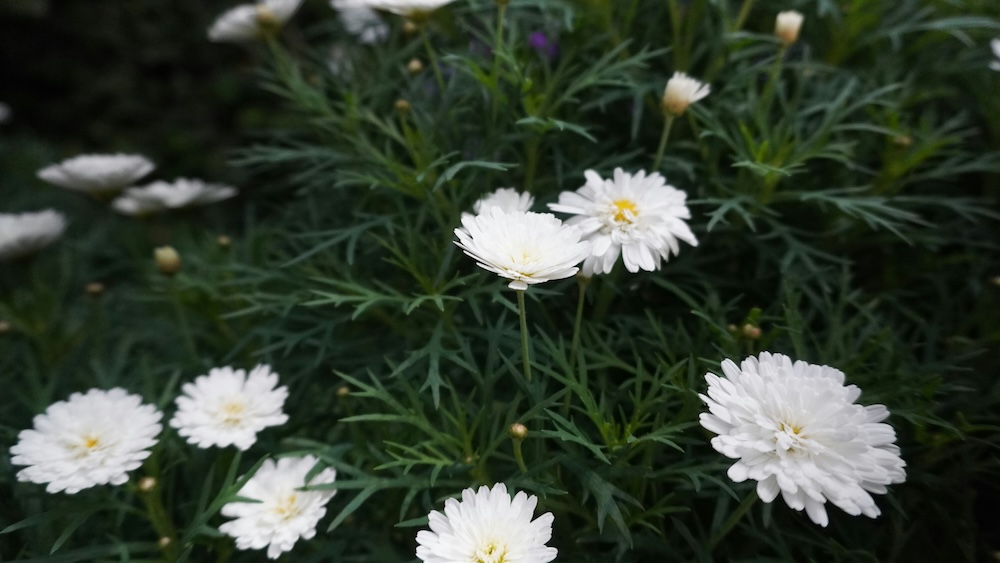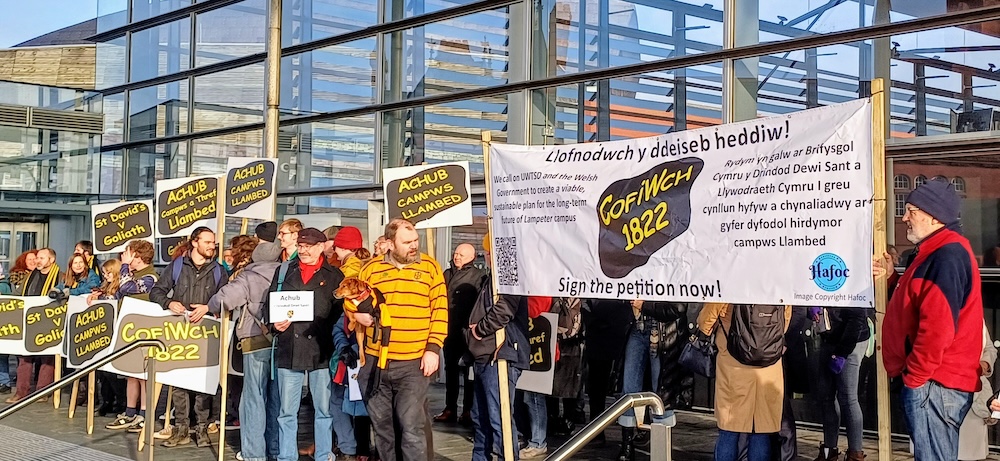Members of the Perthyn Project reflect on their experiences of working on the project, which explored the radical roots of the National Eisteddfod, examined people’s perceptions of the festival and aimed to identify ways to make it more inclusive for the diverse communities of Wales.
As a festival that aims to celebrate all things Welsh and showcases the Welsh arts, culture and language, the National Eisteddfod is considered by many to be one of the significant events of the year. However, some have questioned whether it successfully achieves inclusivity and whether it reflects the diversity that exists in Wales.
In light of this, and as the Eisteddfod was held in Pontypridd in 2024, we ran the Perthyn Project, funded by Cardiff University’s Civic Mission and Public Engagement Progression Fund. Perthyn means ‘to belong’, and the purpose of the project was to engage with a diverse group of young people in a participatory programme of activities encouraging cultural awareness and solidarities between Welsh speakers, learners, and supporters of the language. This was achieved by involving a group of Cardiff University students from Wales who felt that they were not represented in the Eisteddfod-going community, in a collaborative Action Research Framework exploring the radical roots of the Eisteddfod.
At the start of the project, we hosted a public panel discussion on ‘What is the Eisteddfod?’ to encourage curiosity and enhance the knowledge of the students on this project. This was chaired by Aneirin Karadog, a poet and a winner of the Eisteddfod chair. The panel also included Hefin Jones, Biosciences academic and Eisteddfod Druid; Lleucu Siencyn, former Executive Director of Literature Wales and the comedian, Melanie Owen. University staff, students and adult learners also attended and most of the attendees had never been to the Eisteddfod before. Several participants reported that attending the discussion panel had changed their minds about visiting the Eisteddfod rather than assuming ‘it’s not for me.’
Perthyn means ‘to belong’, and the purpose of the project was to engage with a diverse group of young people in a participatory programme of activities encouraging cultural awareness and solidarities between Welsh speakers, learners, and supporters of the language.
We also delivered seminars led by experts on various aspects of the Eisteddfod, Welsh language and culture for the students. These included:
- Sara Huws, Civic Engagement Officer, investigating Eisteddfod materials in the University’s Special Collections and Archives
- Dr Huw Williams and Dr Owain Lewis, academics with expertise on Welsh philosophers such as J.R. Jones
- Alun Llwyd and Elan Evans, who work in the music industry, and Katie Hall from the band Chroma, who discussed the role of the Eisteddfod in the development of Welsh medium popular music culture.
- Dr Marion Löffler, an academic with expertise on the history of the Eisteddfod
Following this, the students delivered a presentation on the Eisteddfod to young people in the Grange Pavilion in Cardiff. Most of the young attendees were from ethnically minoritised backgrounds and from areas of economic and social deprivation. During the presentation, in response to an open question ‘who considers themselves Welsh?’ no one said ‘yes.’ However, the young people engaged with the presentation and were curious to know more and experience the Eisteddfod.
Using funding from the project, we invited the university students and the young people from the Grange Pavilion Youth Forum to attend the Eisteddfod with us for the day. These young people had never wanted to visit the Eisteddfod before, but everyone turned up and packed onto the train to Pontypridd. We were joined by young cultural activists who heard about the trip through their local networks. The group attended a talk about the Pūtahitanga Project (which aims to find connections between the experiences of musicians who use two minoritised languages – Welsh and te reo Māori language), explored the Eisteddfod ‘maes’ and were invited to watch the Chairing ceremony.
Syniadau uchelgeisiol, awdurdodol a mentrus.
Ymunwch â ni i gyfrannu at wneud Cymru gwell.
The young people enjoyed their time in the Eisteddfod and said that they would like to attend again. Some lingered into the evening listening to the performances and soaking up an atmosphere they felt to be joyful and welcoming.
Discussing the trip, Dan Southall noted that:
“The key was to introduce people to the language, to knowing the fundamentals and creating the condition for individual agency to then take over to go on to learn the language.”
Bablu Shikdar also added that:
“Taking a group who had never been before to indulge in Welsh culture was a huge plus. I always have a knack for peripheral awareness and could hear the young people speaking with Welsh words and even though this was on a minute scale, this was huge progress.”
The trip to the Eisteddfod not only provided an opportunity for the young people to immerse themselves in and feel at ease with Welsh culture, but also enabled them to reconnect with the Welsh language. As many showed interest in learning the language, we made them aware of the free Welsh language courses available for under 25-year-olds that are offered by the National Centre for Learning Welsh. Based on the conversations with these young people, it seems that the trip to the Eisteddfod had a positive impact on their perceptions of Welsh culture, the Welsh language and the Eisteddfod itself.
We have produced a video which explains the project and the trip to the Eisteddfod, which is available on Instagram and X.
Barriers still exist that prevent individuals from different backgrounds from being able to visit and experience the Eisteddfod. We acknowledge that we were fortunate to have funding to pay for tickets for the young people to attend the festival. In previous years, the Welsh Government has provided a grant so that local people on lower incomes can visit the Eisteddfod free of charge. The Welsh Government should continue to provide this funding to remove financial obstacles preventing individuals from attending. Furthermore, the 2024 Eisteddfod in Pontypridd was within easy reach of public transport, which was a huge bonus for us and the young people on the project. The Eisteddfod needs to make sure that future festivals are also easy to travel to by public transport.
Barriers still exist that prevent individuals from different backgrounds from being able to visit and experience the Eisteddfod.
Another barrier considered by some is the Eisteddfod’s language rule, which states that Welsh is the language of the Eisteddfod and that there must be clear artistic justification for using a language other than Welsh. Responding to concerns about the language rule, the archdruid and poet, Mererid Hopwood, provided the following quote for a Golwg 360 article saying that:
“Diben y rheol yw ceisio sicrhau bod yr iaith Gymraeg yn parhau’n fyw a thrwy hynny bod ei siaradwyr hi’n tyfu, fel ei bod hi, yn y pen draw yn perthyn i bawb yng Nghymru – nid dim ond yr ychydig bach.
The purpose of the rule is to try to ensure that the Welsh language remains alive and thereby that its speakers grow, so that it ultimately belongs to everyone in Wales – not just the few.”
Reflecting on our trip to Eisteddfod and the language rule, Eleanor Storey noted that:
“Os chi’n gwneud bach o effort i wybod cwpl o eiriau Cymraeg, bydd pobl yn croesawu chi a byddech chi dal yn gallu trafod gyda pobl. So, jysd paid bod ofn dod i’r Eisteddfod.
If you make a bit of effort to learn a couple of words in Welsh, you will be welcomed and you’ll still be able to talk to people. So, just don’t be afraid to come to the Eisteddfod.”
Although the young people who attended the Eisteddfod with us spoke positively about their experiences of the festival and of wanting to go again, the Eisteddfod needs to ensure that individuals feel that they can attend regardless of their Welsh language abilities and are able to use the language without feeling that they are being judged on their standard of Welsh.
Gofod i drafod, dadlau, ac ymchwilio.
Cefnogwch brif felin drafod annibynnol Cymru.
Others feel that the Eisteddfod does not represent the diverse communities of Wales. Despite this, the young people on this project felt welcomed and felt that their experience of the festival was inclusive. Indeed, the Eisteddfod is making an effort become more inclusive through initiatives such as Mas ar y Maes, a partnership between the LGBTQ+ community, Stonewall Cymru and the Eisteddfod, which gives a platform to a mixture of new and established artists, and includes talks, music, literature, drama and comedy. The Eisteddfod also has an Officer and a Hub to ensure that the festival is accessible for people with disabilities, and caters for people of different religious beliefs, having welcomed a Mosque on the Maes for the first time in Pontypridd in 2024 – our young participants from Grangetown were thrilled to be able to attend the Friday prayers in Welsh. The Eisteddfod has further announced a strategy to widen its appeal and make it more inclusive. Members of our project also raised the possibility of setting up a youth panel to discuss matters relating to the Eisteddfod and inclusivity and wanted to be a part of this.
Whilst it is clear that the organisers of the Eisteddfod are taking steps in the right direction to making the festival more inclusive, whilst reflecting on the project, Cadewyn Skelley emphasised the following:
“Just to have a conversation with those minority communities, I think, is the most important thing that the Eisteddfod can do.”
Therefore, the Eisteddfod needs to continue to engage with Wales’s diverse communities in order to identify barriers and find ways of breaking these barriers that avoid being tokenistic, so that everyone regardless of their background is able to visit, experience and enjoy the Eisteddfod.
The project team consisted of Cardiff University students Cadewyn Skelley, Dan Southall and Eleanor Storey; Siôn Jones, Senior Lecturer, School of Social Sciences, Cardiff University, and Catrin Jones, manager of Cardiff University’s Academi Gymraeg (Welsh Language Academy) who facilitated the project; artist Eric Lesdema and cultural producer Stephanie Bolt, who co-developed the action research framework, mentored the students, and ran peer-to-peer reflection sessions; and emerging cultural producer Bablu Shikdar who collaborated with the students on the project. The project built on observations made and relationships developed during Eric’s Arts Council of Wales Llais Y Lle residency hosted by Academi Gymraeg. The project team worked in partnership with Einir Siôn, Welsh Language Enabler for Arts Council of Wales, who provided us with valuable feedback and delivered a session to students on the radical origins of the Eisteddfod.
All articles published on the welsh agenda are subject to IWA’s disclaimer. If you want to support our work tackling Wales’ key challenges, consider becoming a member.





